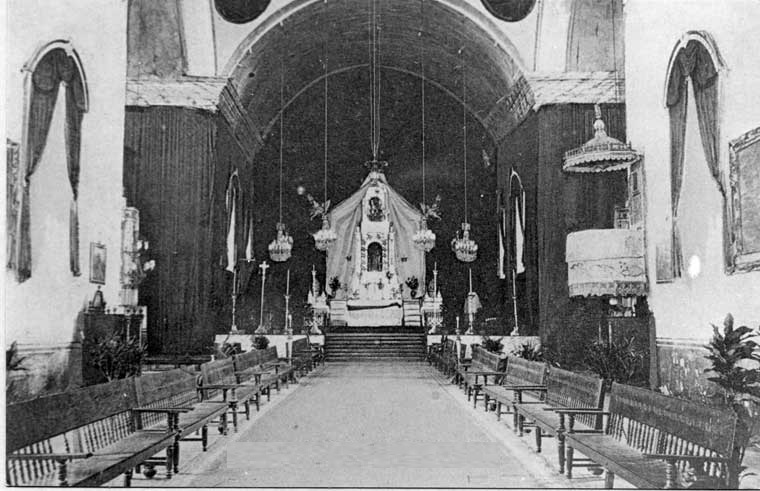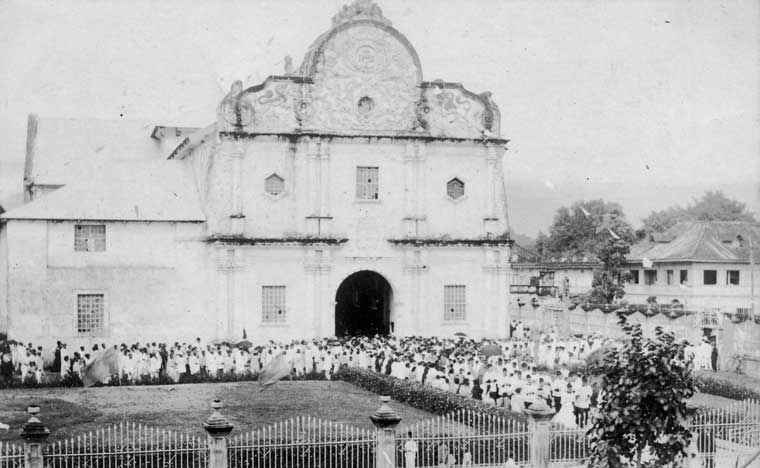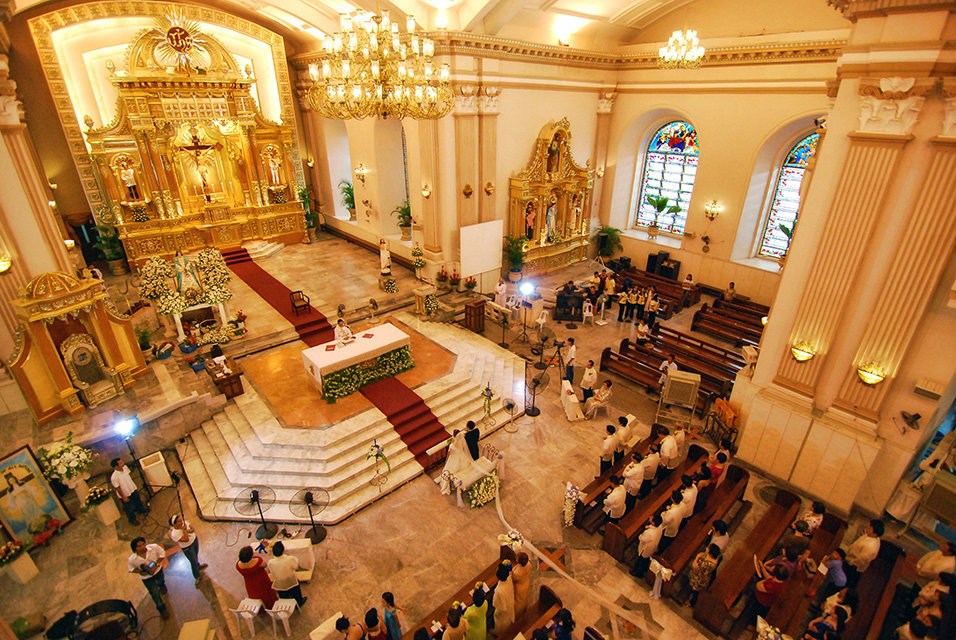Metropolitan Cathedral
The 'Cebu Cathedral', as it is popularly called, is the ecclesiastical seat of metro Cebu Archdiocese in the Philippines. On 14 August 1595, Cebu has been established as a diocese and elevated as a metropolitan archdiocese on 28 April 1934.
The church was established as the seat of Cebu bishop when the province became one of the suffragan dioceses under the archdiocese of Manila in 1595. Just like all the churches built during that period, Cebu Metropolitan Cathedral started as a holy place built with wood and nipa palms as its structure, according to "Balaanong Bahandi, a book on the Sacred Treasures of the Archdiocese of Cebu."
There was no decent church building from 1665 to 1741 but only a barn covered with coconut palms where the missionaries celebrate the mass with the people. Resil Mojares, Cebu historian, said that was generally finished only in 1786 but was in ruins in 1829. A renovation was started in 1865 and another plan to build another church were interrupted during the revolution in 1898.
The construction of the cathedral has frequent interruptions prolonging its completion which is typical among huge structures, especially churches. One of the most common reasons is lack of funds and other man-made and natural events. One time, the funds allocated for the building were diverted to fight against moros. Another event that disrupted the construction was the death of the bishop who spearheaded the construction.

Much of the cathedral has been destroyed by the Allied bombings of the city during the Second World War. What remained after the war were the belfry (built in 1853), the facade, and the walls, which are usually stronger to resist against impacts.
The strong structure - especially the walls are made to stand against natural calamities such as typhoons and earthquakes. The walls are about 2 to 3 meters thick. However, under the supervision of Jose Maria Zaragosa, an architect, the whole church has been quickly restored, which occurred during Archbishop Gabriel Reyes' incumbency.

Typical of Spanish colonial church architecture in the country is the squat and with thick walls to withstand typhoons and other calamities. According to "Balaanong Bahandi", the cathedral is a Baroque-Rococo style.



































